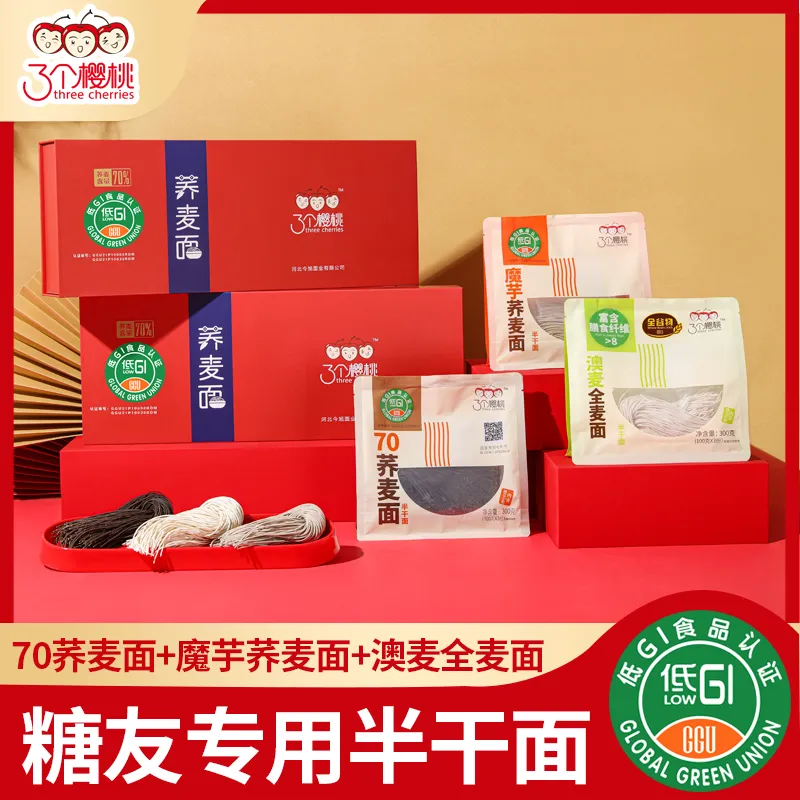Delicious Ramen Recipes for a Perfect Dinner Experience
The Art of Ramen A Dinner Experience
Ramen, a steaming bowl of savory broth, noodles, and an array of toppings, has evolved from a humble Japanese dish into a global sensation. While the concept of a simple noodle soup may seem straightforward, the complexity and artistry involved in crafting the perfect ramen can turn an ordinary dinner into a culinary adventure. Whether you’re dining in a cozy ramen shop or preparing it at home, understanding the intricacies of this beloved dish enhances your appreciation for it.
The Origins of Ramen
Ramen traces its roots back to China, but it was in Japan where it was transformed into the dish we know today. The earliest records of ramen in Japan date back to the late 19th century, and since then, it has undergone numerous iterations, each reflecting the local tastes and ingredients. The dish's evolution has resulted in a diverse array of styles, including shoyu (soy sauce), miso, shio (salt), and tonkotsu (pork bone), each offering a unique flavor profile and aroma.
Broth The Heart of Ramen
At the core of every exceptional bowl of ramen lies its broth, often made from a combination of meats, fish, and vegetables. The process of creating the broth can take hours, sometimes even days, depending on the complexity desired. For instance, tonkotsu broth requires simmering pork bones for an extended period to extract maximum flavor, resulting in a rich, creamy texture that is both hearty and satisfying.
Conversely, a lighter shio broth might focus on chicken or seafood, offering a refreshing contrast to the heavier tonkotsu. The broth serves as a canvas for the other ingredients, shaping the overall experience of the ramen.
Noodles The Foundation of the Dish
Ramen noodles themselves are a crucial component, and they vary greatly in texture, thickness, and flavor. Typically made from wheat flour, water, salt, and an alkaline mineral called kansui, which gives the noodles their characteristic chewiness. Freshly made noodles are often preferred, as they provide a springy texture that contrasts beautifully with the silky broth. Each type of ramen may demand a specific noodle style thin and straight for shio, or thick and wavy for tonkotsu.
dinner ramen

Toppings The Finishing Touch
What truly sets ramen apart are its toppings, which add color, texture, and flavor to the dish. Traditional toppings include slices of chashu pork, soft-boiled eggs with a slightly runny yolk, menma (bamboo shoots), green onions, and nori (seaweed). There’s also room for creativity; some kitchens might offer corn, butter, mushrooms, or even spicy miso paste for those looking to kick up the heat.
Each topping serves to enhance not only the taste but also the overall aesthetic of the ramen bowl. The careful arrangement of these ingredients transforms the dish into a work of art, inviting diners to indulge not only in flavor but also in the visual presentation.
The Experience of Dining
A dinner centered around ramen is more than just a meal; it’s a communal experience. In Japan, slurping your noodles is not only acceptable but encouraged, as it signifies enjoyment. Many ramen shops offer a counter where diners can watch the chefs at work, the rhythm of their movements almost hypnotic as they ladle broth into bowls and expertly place toppings.
For those wishing to recreate this experience at home, the process can be both rewarding and relaxing. While it may require time and attention to detail, the joy of finishing a homemade bowl of ramen cannot be overstated. Take it as an opportunity to gather friends and family, share stories over steaming bowls, and create lasting memories.
Conclusion
Whether enjoyed in a bustling ramen shop or crafted in the comfort of your kitchen, ramen represents much more than just a meal. It encapsulates tradition, flavor, and community, inviting everyone to savor every slurp. As you embark on your next dinner adventure with ramen, take a moment to appreciate the journey of this dish—from its origins to the artistry of assembling it—a true testament to the beauty of culinary culture.
-
Unlock the Delicious Potential of Yam NoodlesNewsAug.11,2025
-
The Authentic Taste of Lanzhou NoodlesNewsAug.11,2025
-
Savor the Art of Hand Pulled NoodlesNewsAug.11,2025
-
Indulge in the Timeless Delight of Spaghetti BologneseNewsAug.11,2025
-
Indulge in the Rich Flavor of Braised Beef NoodlesNewsAug.11,2025
-
Elevate Your Meals with the Magic of Fresh PastaNewsAug.11,2025
-
Unleash Your Inner Chef with Delectable Italian Pasta CreationsNewsAug.01,2025
Browse qua the following product new the we

















































































































